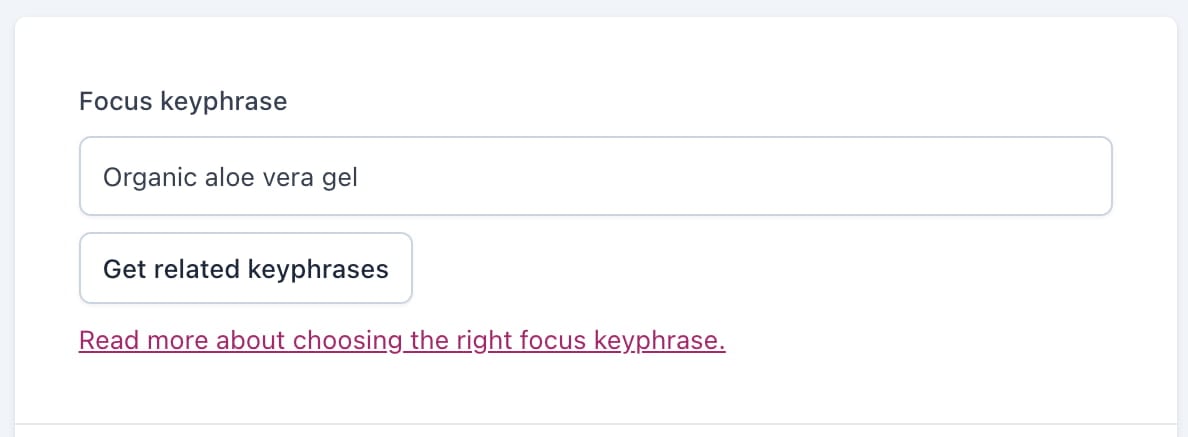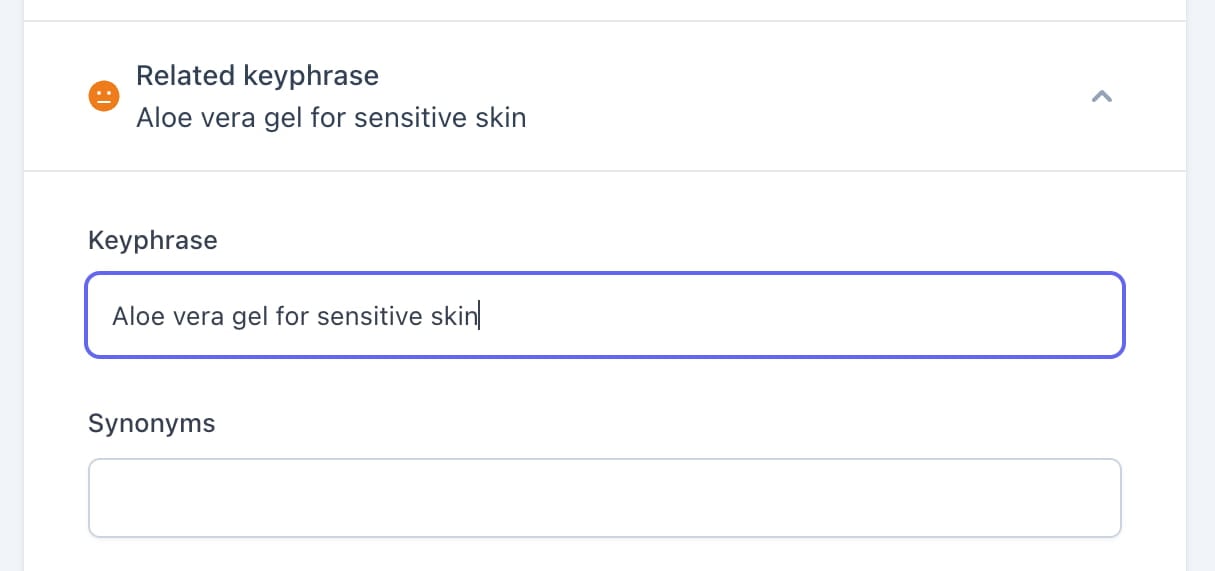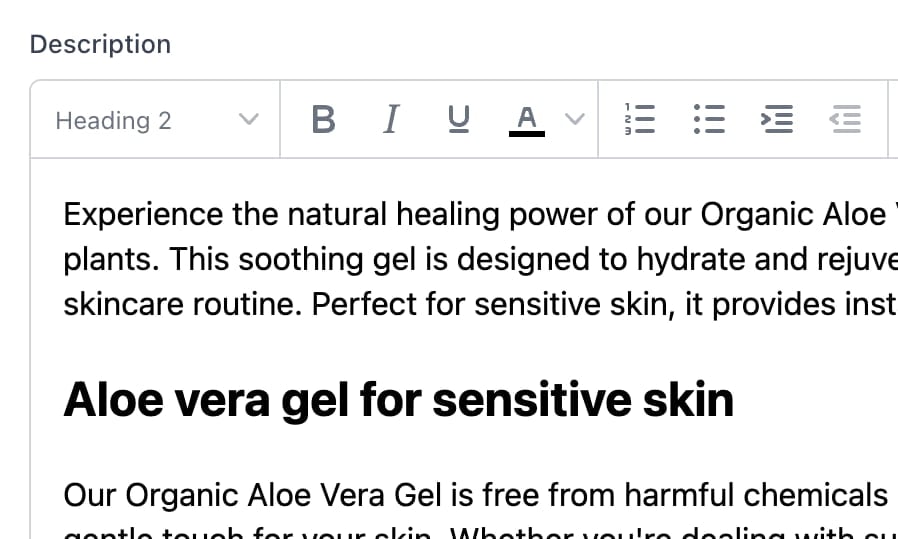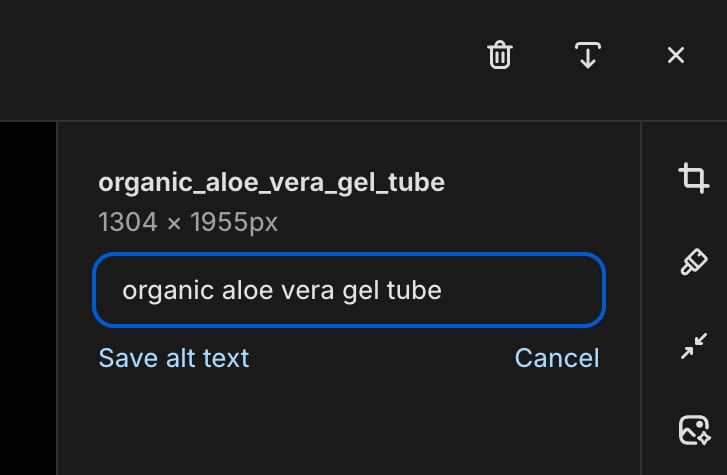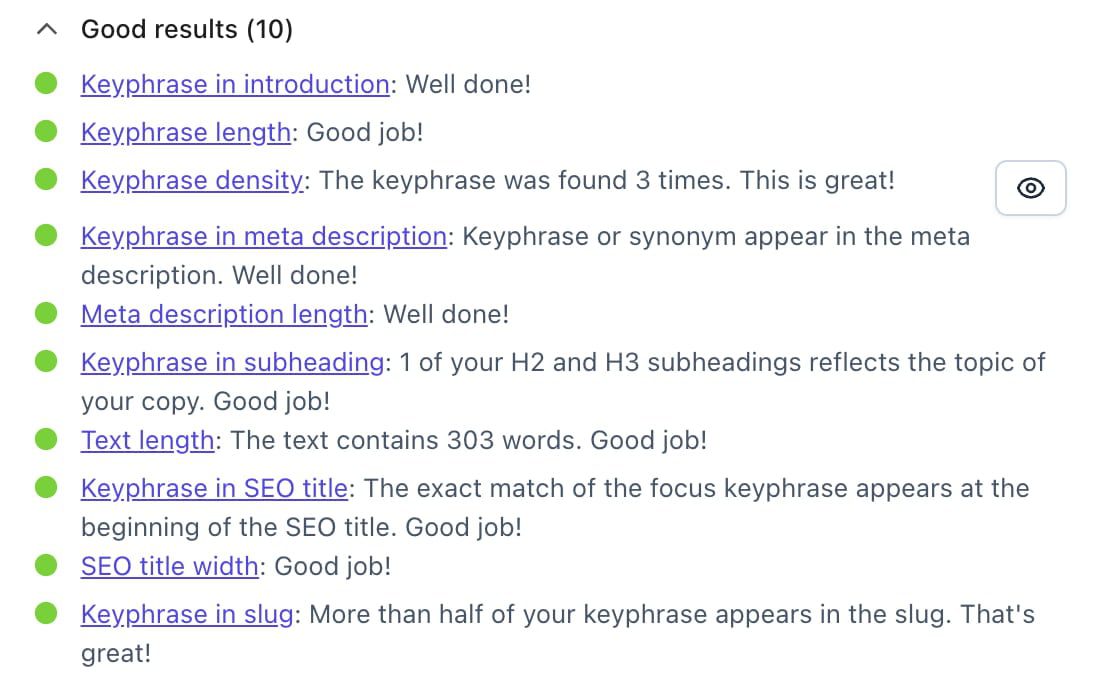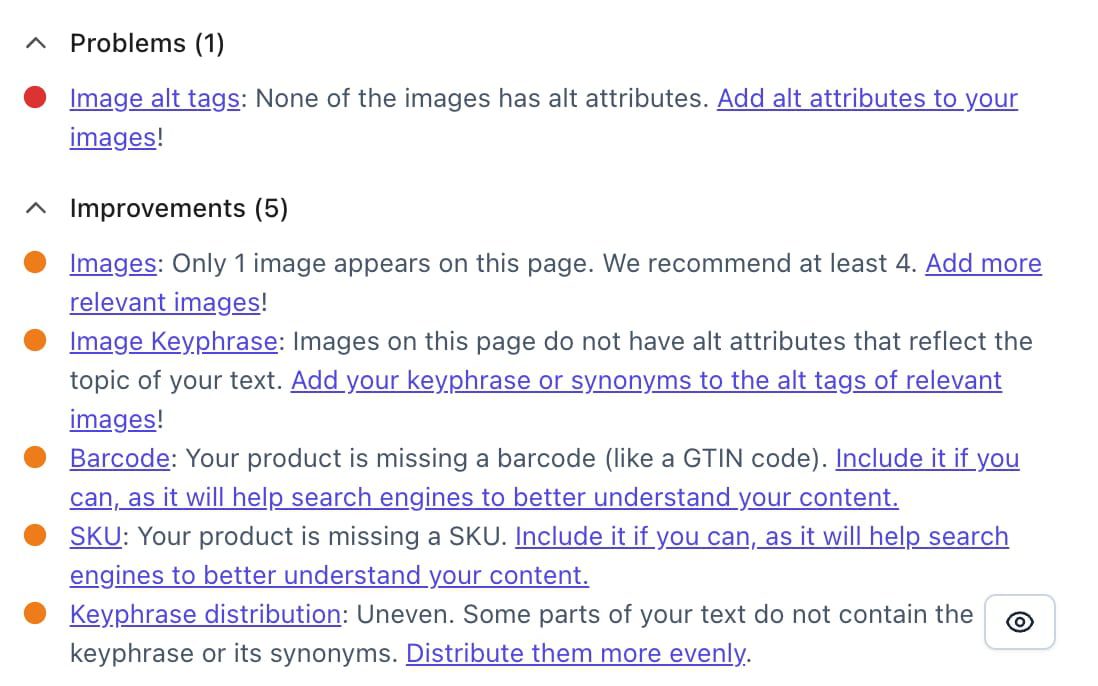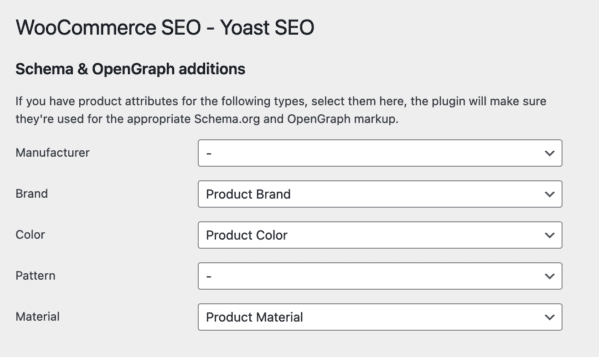Product page SEO: 5 things to improve
Having great product pages is important for your sales. After all, it’s where people decide to click that buy button. Besides optimizing your product pages for user experience, you also want to make sure these pages work for your SEO. You might think this is obvious. That’s why we’ll show you a few less obvious elements of product page SEO in this post. And we’ll explain why it’s so important to take these things into account. Let’s go!
1. The basics of product page SEO
First things first: a product page on an online store is a page too. This means that all the SEO things that matter for your content pages matter for your product pages as well. Of course, there’s a lot more to product page SEO. But for now, this will be your basic optimization. Tip: If you offer not-so-exciting products on your site, you may want to read our post on SEO for boring products.
Let’s start with the basics.
A great title
Try to focus on the product name and include the manufacturer’s name, if applicable. In addition, if your product is a small part of a larger machine (screw, tube), for example, you should include the SKU as well. People might search for that specifically.
A proper and unique product description
While it might be tempting to use the same description as the product’s manufacturer, you really shouldn’t. That description might be found on hundreds of websites, which means it’s duplicate content and a sign of low quality for your website (to Google). Remember, you want to prevent duplicate content at all times!
Now, you might think: “But all my other content (content pages, category pages, blog) is unique!” However, if the content on hundreds of product pages isn’t unique, then the majority of your website’s content still won’t be up to par. So make time to create unique content! And if you need help, the Yoast WooCommerce SEO plugin comes with product-specific content and SEO analysis that helps you produce great product descriptions.
An inviting meta description
A product page usually contains a lot of general information, like the product’s dimensions or your company’s terms of service. To avoid Google using that unrelated text in a meta description, you want to add a meta description to your product pages. It’s arguably even more important than adding one to your content pages!
Next, try to come up with unique meta descriptions. This can be difficult sometimes. You might come up with a sort of template, where you only change the product name per product. That’s okay to start with. But ideally, all your meta descriptions should be unique. Yoast SEO has various AI features that will help you with this.
Pick a great and easy-to-remember URL
We recommend using the product name in the URL. However, keep it short and simple so that it is still readable for site visitors.
Add high-quality and well-optimized images with proper ALT text
Include the product name in at least the main product image. This will help you do better in visual search. Also, don’t forget video — if applicable.
Focus on your product page UX
Last but not least: UX, or user experience. This is an important step because it’s all about making your product pages as user-friendly as possible. Plus, it’s an important part of holistic SEO. There are many parts to UX, which is why we wrote a post with product page UX examples. Give it a read!
Read more: Write great product descriptions with WooCommerce SEO »
WooCommerce SEO simplified
Enhance product visibility and drive more traffic to your online shop.
2. Add structured data for your products and get rich results
Structured data is an essential part of a modern SEO strategy. You simply can’t do without structured data for your product pages anymore, because they help your product page stand out. For example, there is a specific Product schema that helps you get highlighted search results, so-called rich results. These are great for your site’s visibility, and they can also increase your click-through rate! And if you mark up customers’ reviews with Review structured data, they will show up in the search results. Seeing those beautiful stars underneath a product page will convince people they should check out your site!
Another reason to add it is to manage customers’ expectations. Your visitors will know your price up front and that the product is still in stock. How’s that for user experience?
Search engines and AI/LLMs will understand your page better
Structured data is also important for your product page SEO because the major search engines came up with this markup, not the W3C consortium. Google, Bing, Yahoo, and Yandex agreed upon this markup, so they could identify product pages and all the product elements and characteristics more easily. Why? So they could a) understand these pages a lot better and b) show you rich snippets like this:
The Product schema tells the search engine more about the product. It could include characteristics like product description, manufacturer, brand, name, dimensions, and color, but also the SKU we mentioned earlier. The Offer schema includes more information on price and availability, like currency and stock. It can even include something called priceValidUntil to let search engines know that the price offer is for a limited time only.
Add structured data with Yoast SEO
Boost your website’s presence with powerful schema structured data features, included for free with Yoast SEO.
Options to add structured data for product page SEO
Schema.org has a lot of options, but only a limited set of properties are supported by search engines. For instance, look at Google’s page on product page structured data to see what search engines expect in your code and what they can do with it.
This is why you want to add Schema.org data for product page SEO: It’s easier to recognize for Google, and it makes sure to include important extras in Google already. If you have a WooCommerce shop, our WooCommerce SEO plugin takes care of a lot of this stuff behind the scenes.
Keep reading: Rich results, structured data and Schema: a visual guide to help you understand »
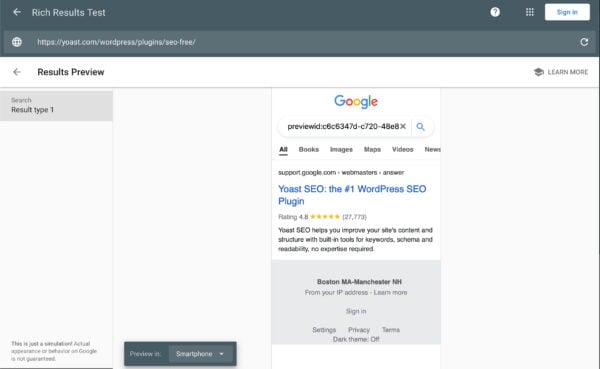
3. Add real reviews
Reviews are important. In fact, 74% of consumers say that they check reviews on at least two sites before buying anything online or locally. Although not everyone trusts online reviews, many do, so they can be very helpful.
If you are a local company, online reviews are even more important. Most reviews tend to be extremely positive, but it might just be the negative reviews that give a better sense of what is going on with a company or product. In addition, getting awesome testimonials is another way of showing your business means business.
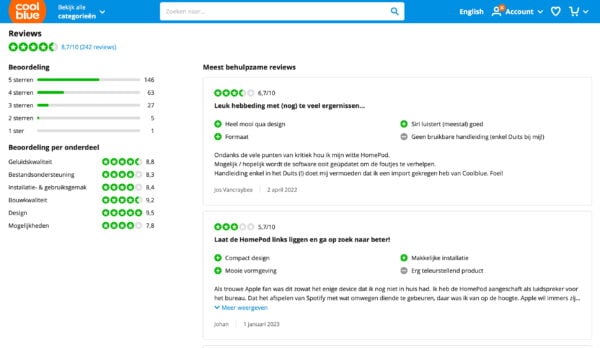


Try to get your customers to leave reviews, then show the reviews on your product page. Do you get a negative review? Contact the writer, find out what’s wrong, and try to mitigate the situation. Maybe they can turn their negative review into a positive one. Plus: You’ve gained new insights into your work.
If you’re not sure how to get those ratings and reviews, check out our blog post: how to get ratings and reviews for your business. And don’t forget to mark up your reviews and ratings with Review and Rating schema so search engines can pick them up and show rich results on the search results pages.
4. Make your product page lightning fast
Nobody enjoys waiting, especially when browsing on a mobile device. Many shoppers are now using their phones to make purchases, so speed on your product pages is crucial. Visitors expect instant access to content, and search engines reward that expectation. Compress images, implement responsive design, and streamline scripts to enhance load times. Regularly test your mobile layout to identify and fix problems before they impact your users. Prioritizing mobile performance not only satisfies your customers but also aligns with search engine preferences, potentially boosting your SEO rankings and increasing traffic.
Remember, a fast, mobile-friendly site is a win-win for everyone involved. To get you started, here’s a post about how to improve your Core Web Vital scores.
5. User test your product page
Looking at numbers in Google Analytics, Search Console, or other analytical tools can give you insight into how people find and interact with your page. These insights can help you improve the performance of a page even more. But there’s another way to ensure that your product page is as awesome as it can be: user testing. There are also many ways to get more value from site visitors with A/B testing.
How user testing can help you
Testers can find loads of issues for you, such as terrible use of images (including non-functioning galleries), bad handling of out-of-stock products, or inaccurate shipping and return information, which can lead to trust issues. Now, you might be thinking: Surely, my website doesn’t have those issues! But you’d be surprised.
In their Product Page UX research project, the Baymard Institute found that:
“The high-level benchmark results show that only 49% of e-commerce sites have an overall ‘decent’ or ‘good’ UX performance for their product pages, while 51% of sites have ‘mediocre’ or worse product page implementations. On the extreme ends of performance, only a couple of sites had a very ‘poor’ Product Page UX performance that failed to align with commonly observed user behavior in our large-scale PDP testing. This is a fortunate shift upward from 2021, which previously had 4% of sites with below ‘poor’ performances. At the other end of the scale, there aren’t any sites with an overall ‘Perfect’ or ‘“’State of the Art’ product page implementation (unchanged since 2021).
You can read this fascinating study on their Product Page UX site.
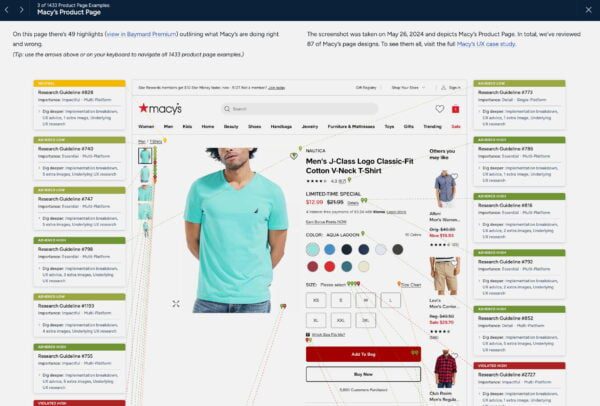


While you compare your product pages to external user research, don’t forget to do your own user testing! Doing proper research will give you eye-opening results that you probably wouldn’t have found yourself.
Bonus: Build trust and show people your authenticity
Getting a stranger to buy something on your site involves a lot of trust. Someone needs to know you are authentic before handing you their hard-earned money, right? Google puts a lot of emphasis on the element of trust — It’s all over their famous Search Quality Raters Guidelines. The search engine tries to evaluate trust and expertise by looking at online reviews, the accolades a site or its authors receive, and much more.
Brand perception in AI and LLMs
AI search engines and LLMs also assess these trust factors to shape how your brand is presented. They analyze reviews, schema, and overall credibility to produce an accurate portrayal. A trustworthy online presence can positively influence how these systems perceive and convey your brand to users.
This is why it’s so important that your About Us and Customer Service pages are in order. Make sure people can easily find your contact information, information about returns and shipping, payment, privacy, etc. This will build trust with your customers. So, don’t forget!
Social proof is another way to build trust with your customers. Adding social proof to your product pages can significantly influence buying decisions. Display customer reviews, testimonials, and ratings to build trust and demonstrate real-life experiences. Include trust badges, like security symbols or industry awards, to boost credibility. Encourage happy customers to share photos or videos of your products and showcase this content on your website. These elements help assure visitors that your products are both credible and valued by others.
Conclusion: Be serious about your product page SEO
If you’re serious about optimizing your product page, you shouldn’t focus on regular SEO and user experience alone. You’ll have to dig deeper into other aspects of your product pages. For instance, you could add the Product and Offer Schema, so Google can easily index all the details about your product and show these as rich results in the search results. In addition, you should make your product pages fast, add user reviews, and try to enhance your website’s trustworthiness. And don’t forget to test everything you do!
Need a helping hand? Be sure to check out our ecommerce SEO training course. Learn what ecommerce SEO entails, how to optimize your site, and boost your online presence. Want to get your products ranking in the shopping search results? We’ll tell you how. Start your free trial lesson today! Full access to Yoast SEO Academy is included in Yoast SEO Premium, which also includes all other plugins — including Local SEO for optimizing your performance in local search.
Check out our overview of product page must-haves
To help you stay on top of your product pages, we created a PDF that you can use to optimize your product pages. Most of what’s discussed in this blog post can be found in the PDF, plus more tips! Just click on the image to go to the PDF and download it.
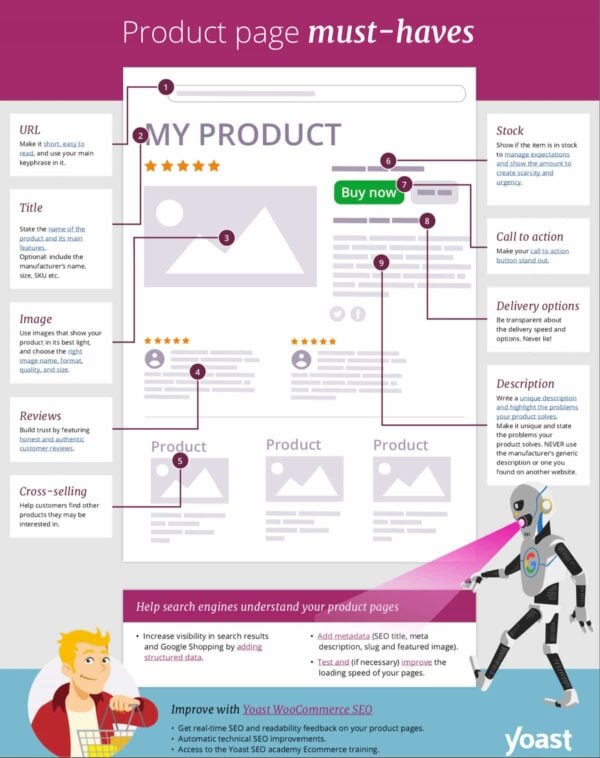


Read on: 7 ways to improve product descriptions in your online store »





